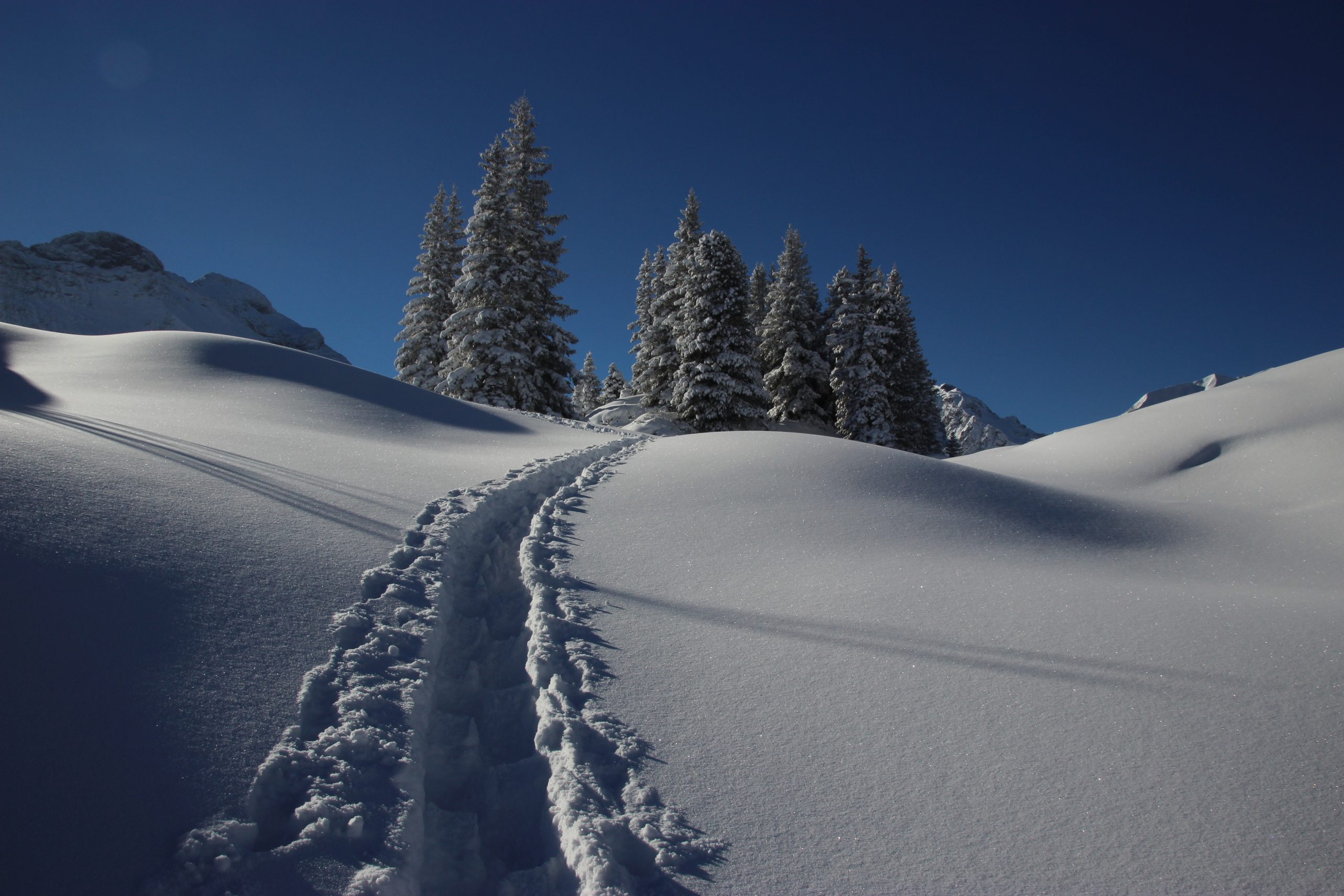The Christmas tree debate

The Christmas tree debate
At Firstplanit, we dedicate time to evaluating the materials and products that make up a home. During this festive time here in the UK, 8 million of us make a Christmas tree the centrepiece of our decorations and living rooms. Therefore we have decided to evaluate the environmental impact of this beloved tree. To evaluate a Christmas tree, we will assess natural and artificial options. We consider several factors, including the impact on carbon emissions and biodiversity, what happens to your tree in the new year and the role of the tree you choose.
Carbon Impact
There are a number of ways that real and artificial Christmas trees create a carbon impact. Although Christmas trees are carbon sinks sequestering carbon as they grow, most are chopped down in their teenage years and do not reach their full carbon-absorbing capacity. The carbon footprint will vary significantly depending on how the tree is disposed of. The carbon trust has calculated a footprint of 3.5kg if trees are disposed of via a woodchipper or the bonfire and 16kg if they end up in a landfill. Artificial trees are typically made from carbon-intensive materials such as metal and polyvinyl chloride (PVC), the footprint of an artificial tree of comparable height is considerably higher – 40kg. Therefore a manufactured tree would need to be reused for at least 12 years to become more eco-friendly than its traditional counterpart. It is also worth considering the transport emissions of the two options. Artificial trees are typically manufactured in developing countries and shipped on long-haul ferries to the global North. Comparably in the UK most of our trees are locally grown with very few shipped in from neighbouring countries.
Impact on biodiversity
Christmas tree forests occupy a small percentage of farmland; however, they can still impact local biodiversity. The criticism of the industry stems from how regularly trees are cut down, which does not allow time for biodiversity to settle and grow healthy populations. However, research has shown that these forests can provide a boost. The open habitat structures are rich in bare ground accessibility to food resources, and the trees offer nesting conditions to declining birds such as yellowhammers and common inlets.
How to dispose of your tree after the new year
How you dispose of your tree affects its carbon impact. Luckily, many local councils offer free tree collection services where they will pick up and recycle the tree for you. These trees can be chipped and spread in a garden or composted, slowly releasing carbon back into the atmosphere. Alternatively, burning your tree is an emission-reducing alternative to disposing of your tree. A tree that ends up on a landfill site will have a significantly worse impact as it decomposes and produces methane gas, a more potent greenhouse gas. In rare cases, trees are used to restore or create wildlife habitats, placed at the bottom of ponds and rivers or used to prevent erosion. In contrast, an artificial tree is composed of non-biodegradable materials that leak harmful chemicals into the soil and pollute surrounding ecosystems. Therefore even if reusing an artificial tree for many years can reduce carbon emissions, it is worth considering its afterlife impact.

The tree you choose
The typical Christmas tree is a young spruce fir or pine, often felled at 10 years when they reach an ideal height of 6 feet. However, even after opting for the classic approach, there are a number of factors to consider. It is worth making sure the tree is locally sourced and certified by the Forst Stewardship Council. Some businesses now offer Christmas tree rentals where you can take home a potted tree for a few weeks.
If you decide to go for a Christmas tree this year we recommend choosing a real tree. However, if you already have an artificial tree keep using it!
